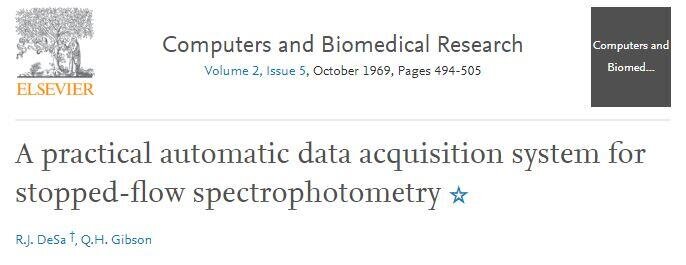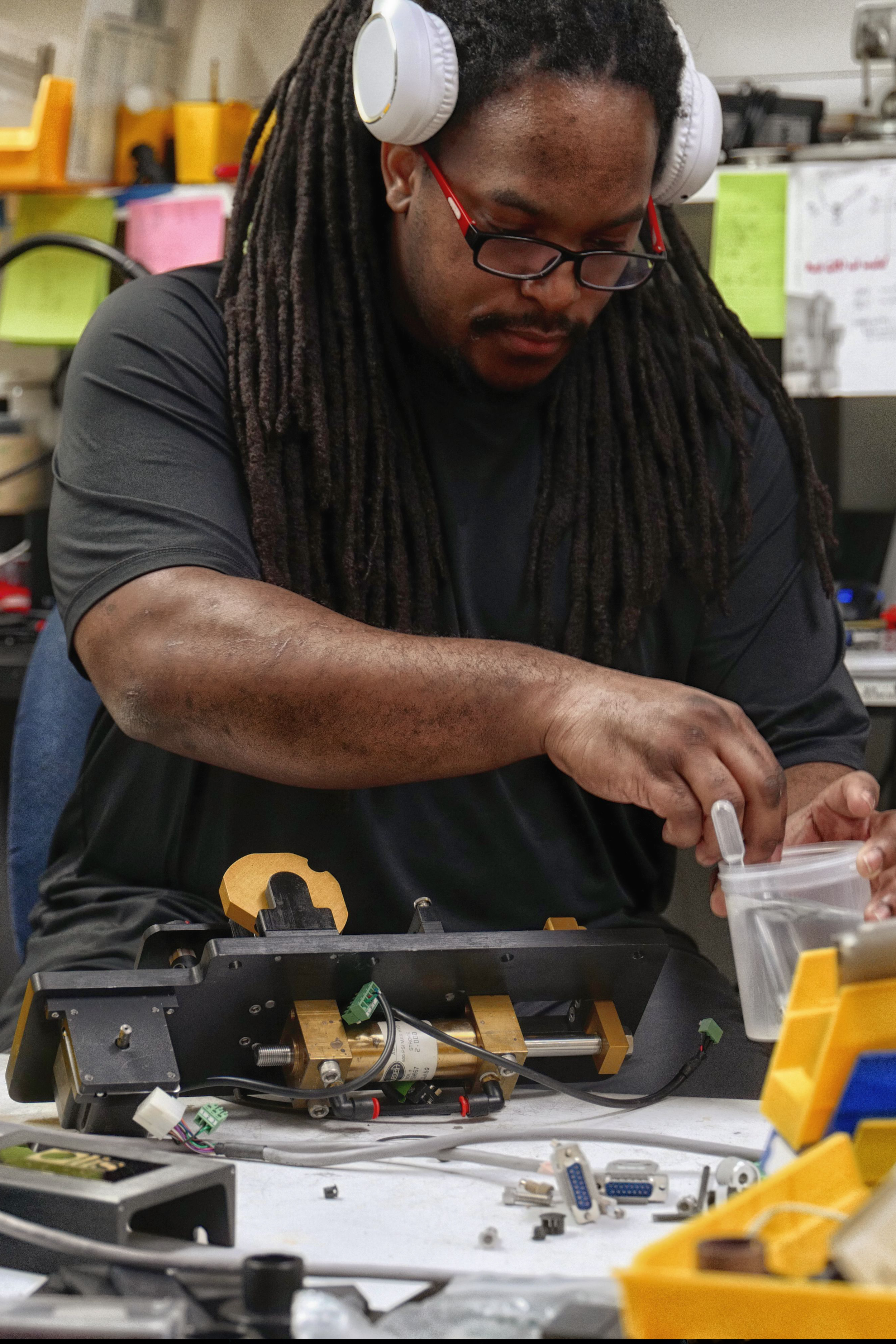Circularly Polarized Luminescence - Questions
Circularly Polarized Luminescence - Questions
Blog Article
Things about Spectrophotometers
Table of ContentsNot known Facts About Circularly Polarized LuminescenceUv/vis Can Be Fun For AnyoneGetting The Circularly Polarized Luminescence To WorkThe Ultimate Guide To Uv/vis/nir9 Easy Facts About Circular Dichroism Explained

Spectrophotometry is a tool that hinges on the quantitative analysis of particles depending on how much light is absorbed by colored compounds.
Unknown Facts About Circular Dichroism
A spectrophotometer is commonly utilized for the measurement of transmittance or reflectance of services, transparent or opaque solids, such as refined glass, or gases. Although lots of biochemicals are colored, as in, they take in noticeable light and for that reason can be determined by colorimetric treatments, even colorless biochemicals can typically be converted to colored compounds suitable for chromogenic color-forming reactions to yield substances appropriate for colorimetric analysis.: 65 Nevertheless, they can likewise be designed to determine the diffusivity on any of the noted light ranges that generally cover around 2002500 nm utilizing different controls and calibrations.
An example of an experiment in which spectrophotometry is used is the decision of the balance constant of a solution. A specific chain reaction within a service may occur in a forward and reverse instructions, where reactants form items and products break down into reactants. At some point, this chain reaction will reach a point of balance called a stability point.
An Unbiased View of Uv/vis/nir
The amount of light that passes through the solution is a sign of the concentration of particular chemicals that do not enable light to travel through. The absorption of light is due to the interaction of light with the electronic and vibrational modes of molecules. Each type of particle has a specific set of energy levels associated with the makeup of its chemical bonds and nuclei and hence will absorb light of particular wavelengths, or energies, resulting in special spectral homes.
Making use of spectrophotometers covers numerous clinical fields, such as physics, materials science, chemistry, biochemistry. UV/Vis/NIR, chemical engineering, and molecular biology. They are extensively used in numerous industries consisting of semiconductors, laser and optical manufacturing, printing and forensic examination, as well as in laboratories for the study of chemical compounds. Spectrophotometry is frequently utilized in measurements of enzyme activities, determinations of protein concentrations, determinations of enzymatic kinetic constants, and measurements of ligand binding reactions.: 65 Ultimately, a spectrophotometer is able to identify, depending on the control or calibration, what compounds are present in a target and precisely just how much through computations of observed wavelengths.
This would come as a solution to the previously produced spectrophotometers which were not able to take in the ultraviolet properly.
Facts About Spectrophotometers Uncovered
It would be discovered that this did not give acceptable outcomes, therefore in Model B, there was a shift from a glass to a quartz prism which permitted better absorbance results - UV/Vis/NIR (https://visual.ly/users/julieanndesalorenz30606/portfolio). From there, Design C was born with a modification to the wavelength resolution which wound up having three systems of it produced
It irradiates the sample with polychromatic light which the sample soaks up depending upon its properties. Then it is transferred back by grating the photodiode array which finds the wavelength area of the spectrum. Ever since, the production and application of spectrophotometry gadgets has actually increased exceptionally and has turned into one of the most ingenious instruments of our time.

The 9-Second Trick For Uv/vis/nir
Historically, spectrophotometers utilize a monochromator including a diffraction grating to produce the analytical spectrum. The grating can either be movable or repaired. If a single detector, such as a photomultiplier tube or photodiode is utilized, the grating can be scanned stepwise (scanning spectrophotometer) so that the detector can measure the light strength at each wavelength (which will correspond to each "step").
In such systems, the grating is repaired and the strength of each wavelength of light is measured by a various detector in the array. When making transmission discover here measurements, the spectrophotometer quantitatively compares the portion of light that passes through a reference service and a test option, then digitally compares the strengths of the two signals and calculates the portion of transmission of the sample compared to the reference standard.

Report this page